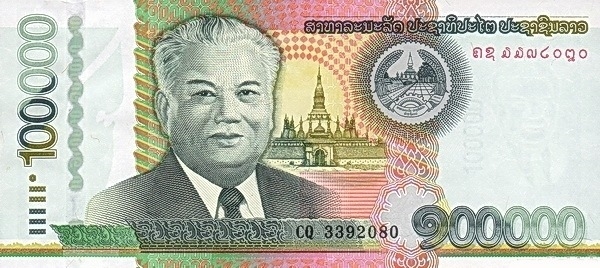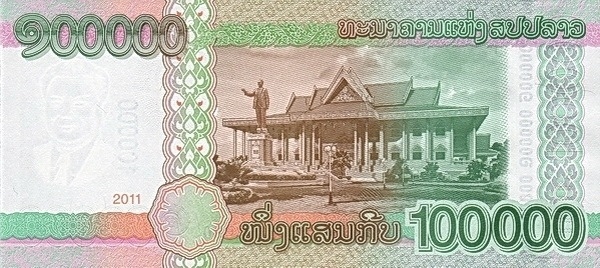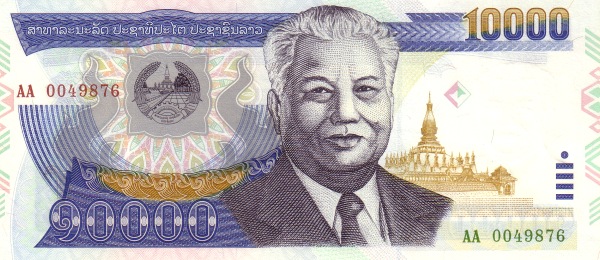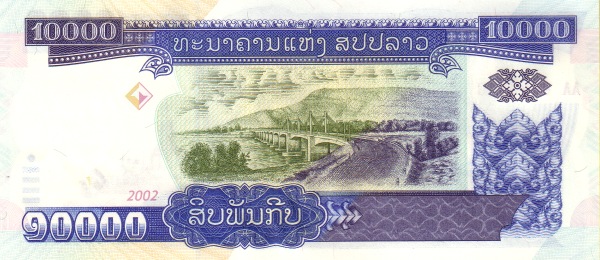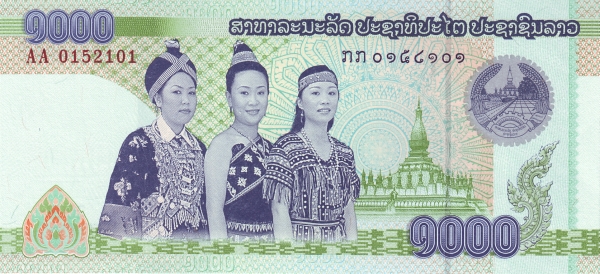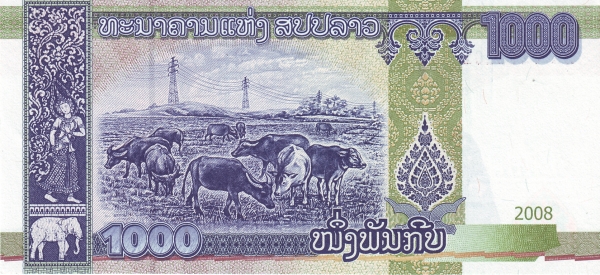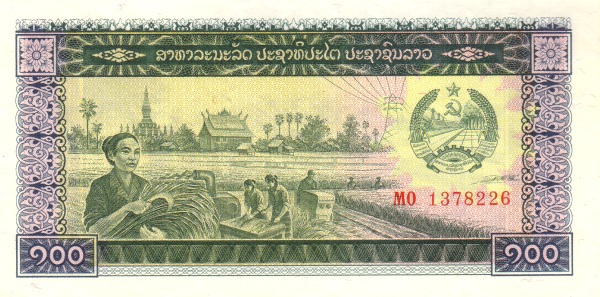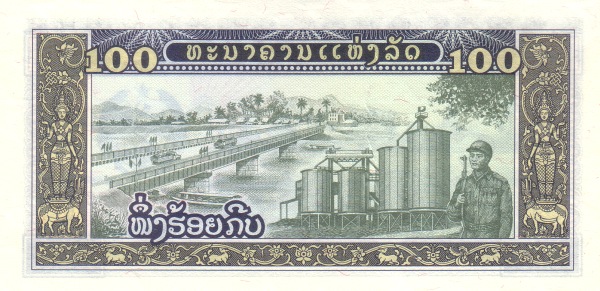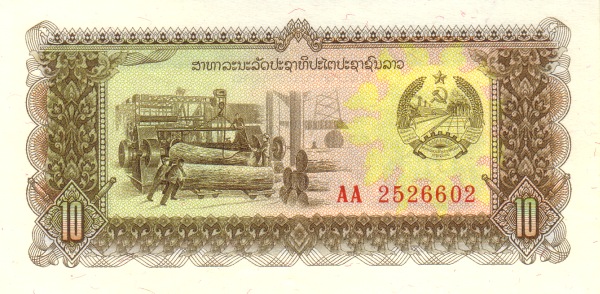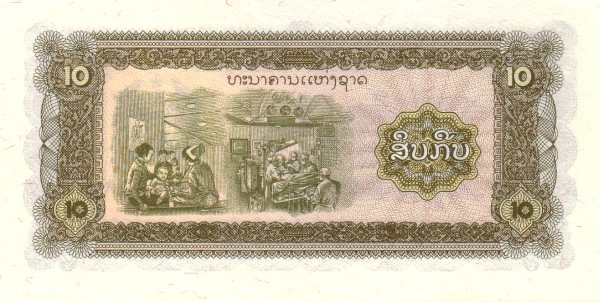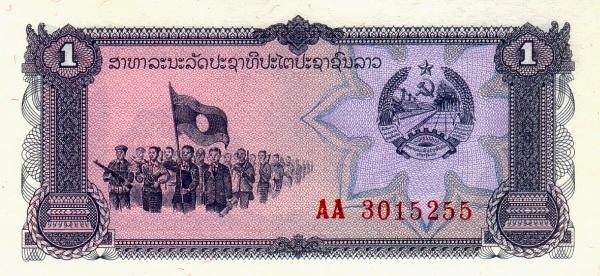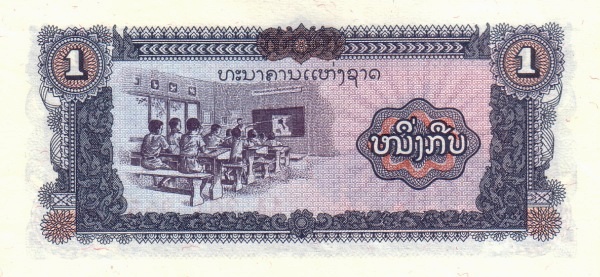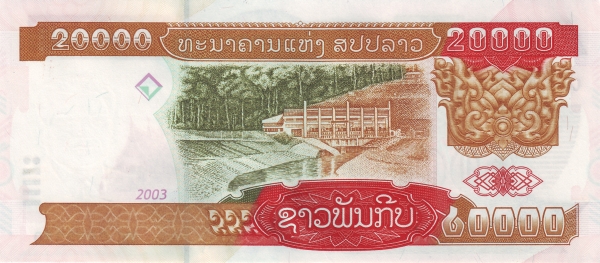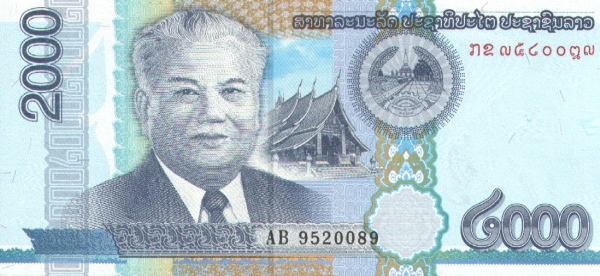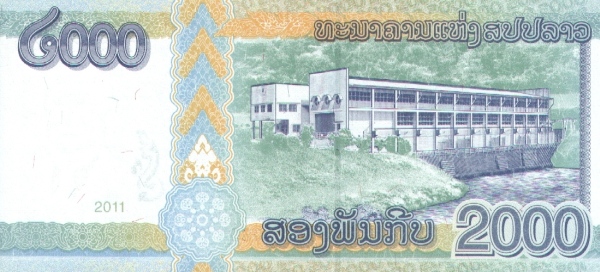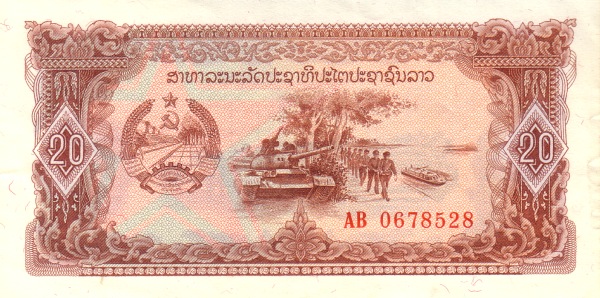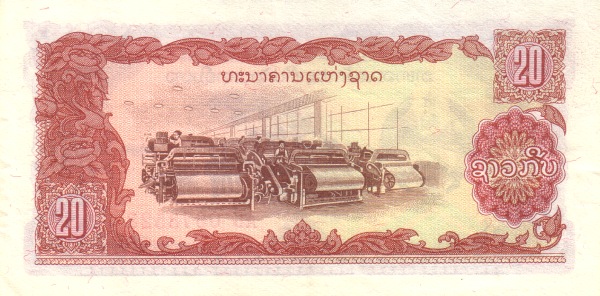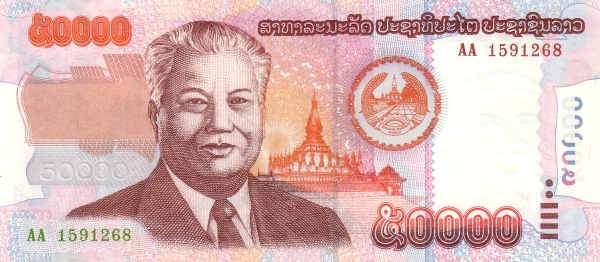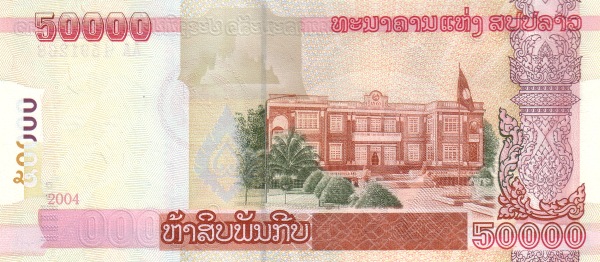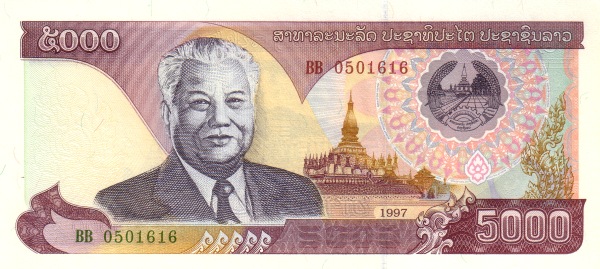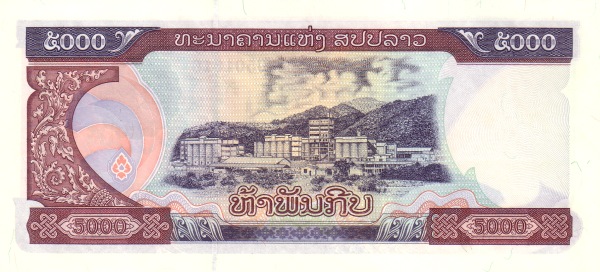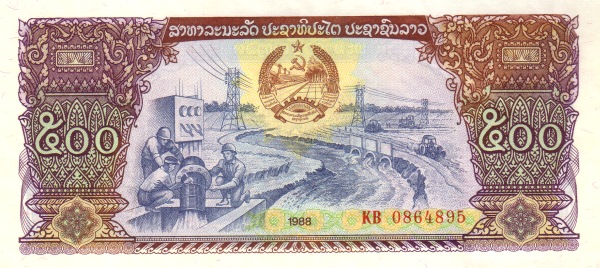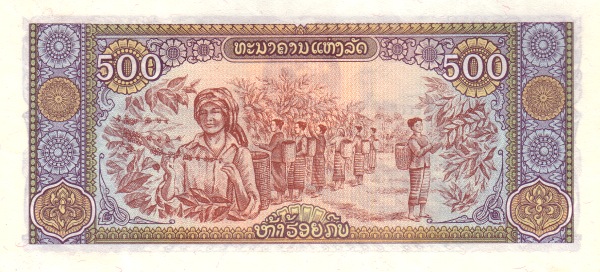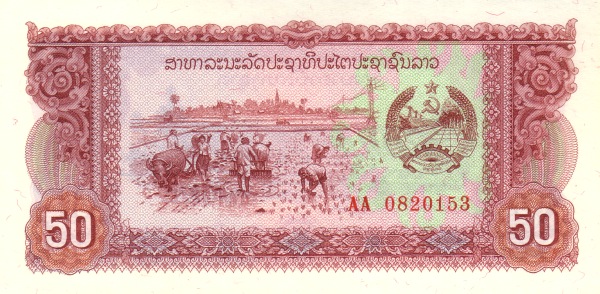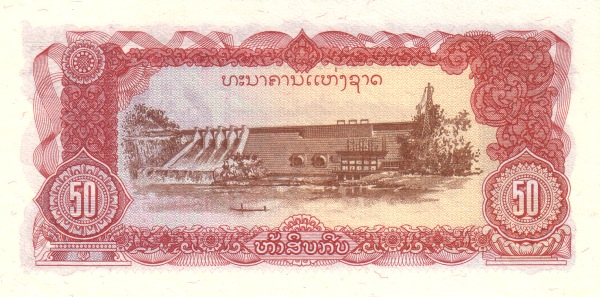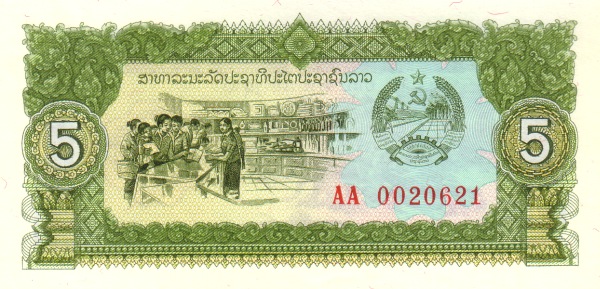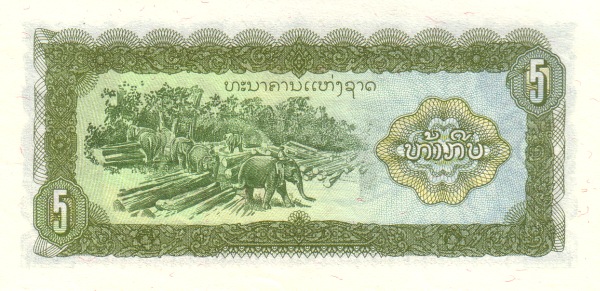Lao, People's Democratic Republic: An Overview of a Unique Nation
Located in Southeast Asia on the Indochinese peninsula, the Lao, People's Democratic Republic stands as a landlocked gem nestled between Thailand and Vietnam, with small borders touching China and Myanmar to the north. This nation, known for its stunning natural landscapes and rich cultural heritage, became an independent state in 1953 after a long period as part of French Indochina. However, the journey towards stability proved challenging, as the country faced intense civil strife for 25 years, primarily between the communist Pathet Lao movement and supporters of the previous government. In 1975, the Pathet Lao emerged victorious, leading to the establishment of a communist republic known as the Lao People's Democratic Republic.
Geographical Diversity of Lao, People's Democratic Republic
Covering an area of approximately 236,800 km², Lao, People's Democratic Republic resembles the size of Romania or is just slightly larger than the U.S. state of Utah. Its vast terrain encompasses three distinct regions: rugged mountains in the north, expansive plateaus, and fertile alluvial plains. Notably, Phou Bia in Xieng Khouang province, reaching an impressive height of 2,800 meters, serves as the nation’s highest peak. The tropical monsoon climate, characterized by a rainy season from May to November and a dry season from November to April, significantly influences the agricultural practices that dominate the economy.
Demographics and Culture of Lao, People's Democratic Republic
As of 2015, the Lao, People's Democratic Republic is home to around 6.5 million residents. The capital and largest city, Vientiane, also serves as an important cultural hub. The official language is Laotian, while Thai also enjoys wide use among the population. Interestingly, about 67% of the population practices Buddhism, reflecting the significant cultural and spiritual influence that this religion holds in the nation.
A Subsistence Economy: The Backbone of Lao, People's Democratic Republic
Regrettably, the Lao, People's Democratic Republic remains the least developed country in Asia. The majority of its citizens are subsistence farmers, relying heavily on rice as their principal crop. While the forestry sector plays an important role in the economy, industries like mining and manufacturing are still evolving and remain quite limited. In many rural areas, barter systems predominate, highlighting the community-oriented approach to trade. The legacy of a 600-year monarchy, which ended following the Vietnam War in 1975, has shaped the governance structure of the nation. Currently, the Lao, People's Democratic Republic operates under a one-party communist system, as outlined in its established constitution of 1991.
Government Structure of Lao, People's Democratic Republic
The governance of the Lao, People's Democratic Republic is characterized as a communist state. The country achieved independence from France on July 19, 1949. The executive power lies with the president, who is voted on by an elected National Assembly. The president holds the position of both head of state and head of government, serving a term of five years. Such a centralized governance system aims to maintain stability and continued development despite the challenges the nation faces.
Environmental Wealth and Natural Resources
Nestled amidst breathtaking landscapes, the Lao, People's Democratic Republic boasts rich natural resources that remain relatively untouched. The country’s unspoilt tropical forests, combined with abundant hydropower capabilities, present significant opportunities for sustainable development. Additionally, Laos is rich in minerals such as gypsum, tin, and gold, creating a foundation for the mining industry’s potential expansion. Despite these natural advantages, tapping into these resources sustainably poses a challenge that requires careful planning and execution.
Agriculture in Lao, People's Democratic Republic
Agriculture significantly contributes to the Lao economy, with various products enriching its agricultural landscape. Layers of rice paddies dominate the scenery, while farmers also cultivate crops such as sweet potatoes, vegetables, corn, coffee, sugarcane, tobacco, cotton, and tea. Livestock farming thrives as well, with water buffalo, pigs, cattle, and poultry playing essential roles in the agrarian lifestyle. Such diverse agricultural practices not only sustain local communities but also contribute to the economy through exports.
Industry and Economic Activities in Lao, People's Democratic Republic
Industry in the Lao, People's Democratic Republic currently includes sectors such as tin and gypsum mining, timber production, electrical power generation, agricultural processing, and garment manufacturing. Tourism is also gaining traction as visitors discover the enchanting beauty and heritage of this unique country. In 2015, Laos exported various commodities, including wood products, coffee, electricity, tin, copper, gold, and cassava, with Thailand, China, and Vietnam serving as primary trading partners.
International Trade Relations of Lao, People's Democratic Republic
In terms of trade relations, the Lao, People's Democratic Republic relies heavily on its neighboring countries. In 2015, approximately 30.4% of its exports went to Thailand, followed by China at 27% and Vietnam at 17.6%. Conversely, the nation imports much of its machinery, equipment, and vehicles from Thailand, which alone accounted for over 60% of total imports during the same year. The complexities of international trade exert considerable influence on the Lao economy.
Currency and Future Prospects of Lao, People's Democratic Republic
The currency used in the Lao, People's Democratic Republic is the Kip (LAK), which is critical for everyday transactions. As the country continues to navigate its path toward development, the potential lies in harnessing its abundant resources while addressing the challenges of sustainable growth. The preservation of cultural traditions, while simultaneously engaging with the global community, positions the Lao, People's Democratic Republic as a nation of profound contrasts and rich opportunities.
Largest cities of: Lao, People's Democratic Republic
| City Name | Population | Year of foundation | |
| Vientiane | 820,000 | circa 11th century | |
| Savannakhet | 120,000 | 1000 | |
| Sayaboury | 103,000 | 2000 B | |
| Pakse | 88,000 | cha 200 | |
| Xieng Khouang | 80,000 | 400 B | |
| Saravan | 70,000 | 200 | |
| Luang Prabang | 47,000 | 1353 | |
| Bokeo | 21,000 | 1887 |
Lao, People's Democratic Republic: Money
